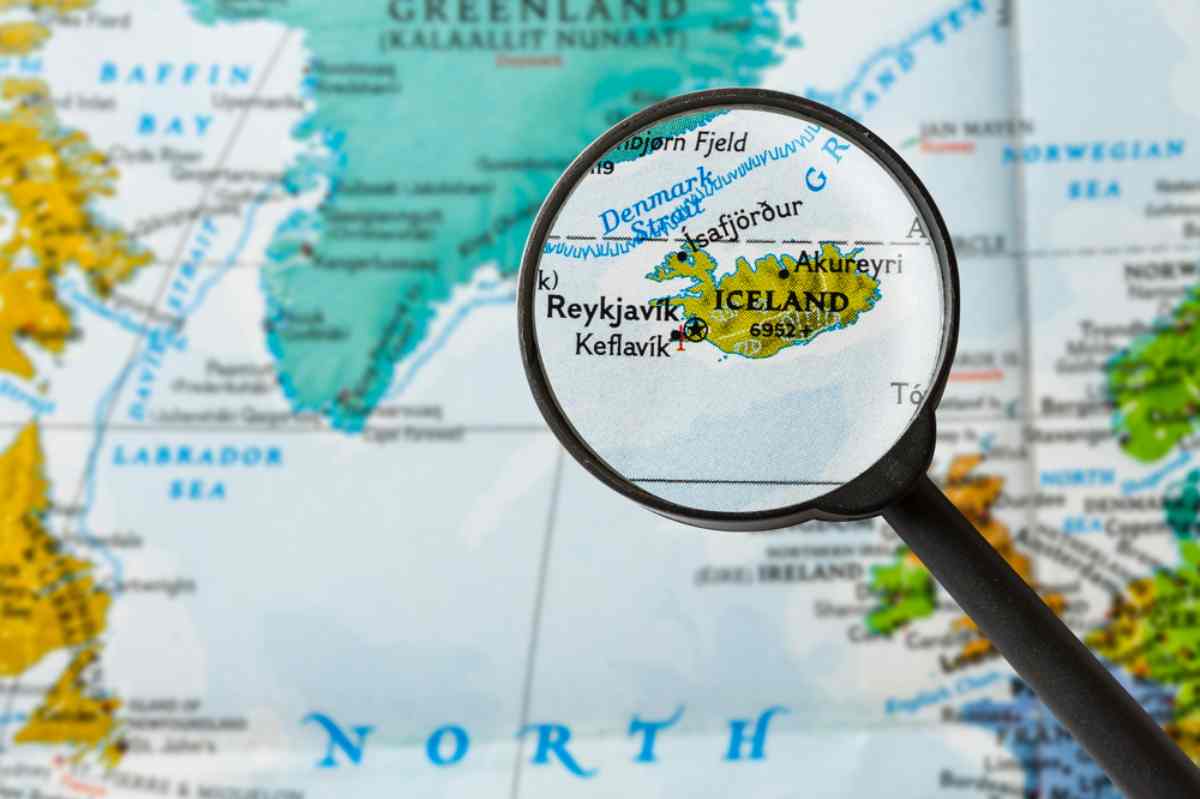The Golden Circle in Iceland is an incredibly popular route amongst visitors, and a golden opportunity (couldn’t resist) to see many of the must-visit spots here on the island. So, if you think a road trip around Iceland lies somewhere in your future, or you’d just like to know more about what this route has to offer, read on.
We tell you everything you need to know about the Golden Circle in Iceland, how to make the most out of your trip, and provide you with helpful tips to make your journey a safe and memorable one.
What is the Golden Circle in Iceland?
The Golden Circle is a loop road in Iceland, where many of the island’s most famous attractions and activities can be found along the way. Needless, to say, this makes it a very popular road to travel, whether you turn the entire loop into a road trip, or you simply drive the road on day trips.
Where is the Golden Circle?
The Golden Circle loops around from the capital city to the southern uplands (almost the middle of the island) and back to Reykjavik. This essentially allows you to explore and discover much of the western regions of Iceland.
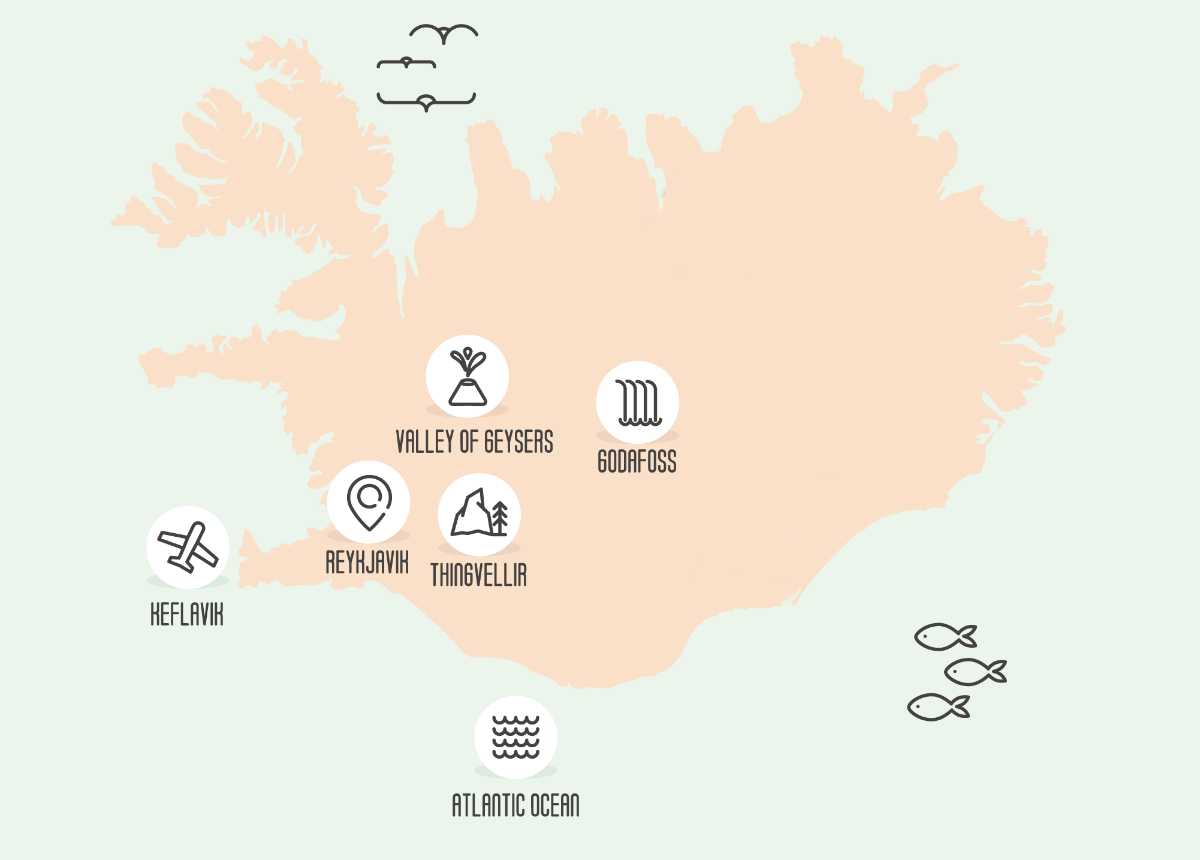
How Does One Get to Experience the Golden Circle?
You basically have two options if you want to experience the Golden Circle route:
Go on a Golden Circle Self-drive
This will always be our recommendation since this allows you to have full control of your time and itinerary and is the best way to explore the island. Most kick-start their Golden Circle road trip from the capital city of Reykjavik. Simply rent a car in Reykjavik and start your Golden Circle adventure!
Go on One of the Golden Circle Tours
You will find plenty of Golden Circle guided tours here on the island. Some offer them as day outings, whilst others include the Golden Circle in a multi-day Iceland holiday package.
Whilst these tours are great if you don’t just want to rely on the knowledge in your guidebook, they can become pretty demanding on a budget, and you’ll need to abide by someone else’s trip itinerary and schedule. If taking a Golden Circle tour is something that you’d like to do, the following tours come highly recommended:
- The Grayline Golden Circle Tour
- Golden Circle Full-day Tour With Kerid Crater
- Small-group Golden Circle Tour and Secret Lagoon Visit
- Golden Circle Classic Day Trip
- The Golden Circle and Langjökull Monster Truck
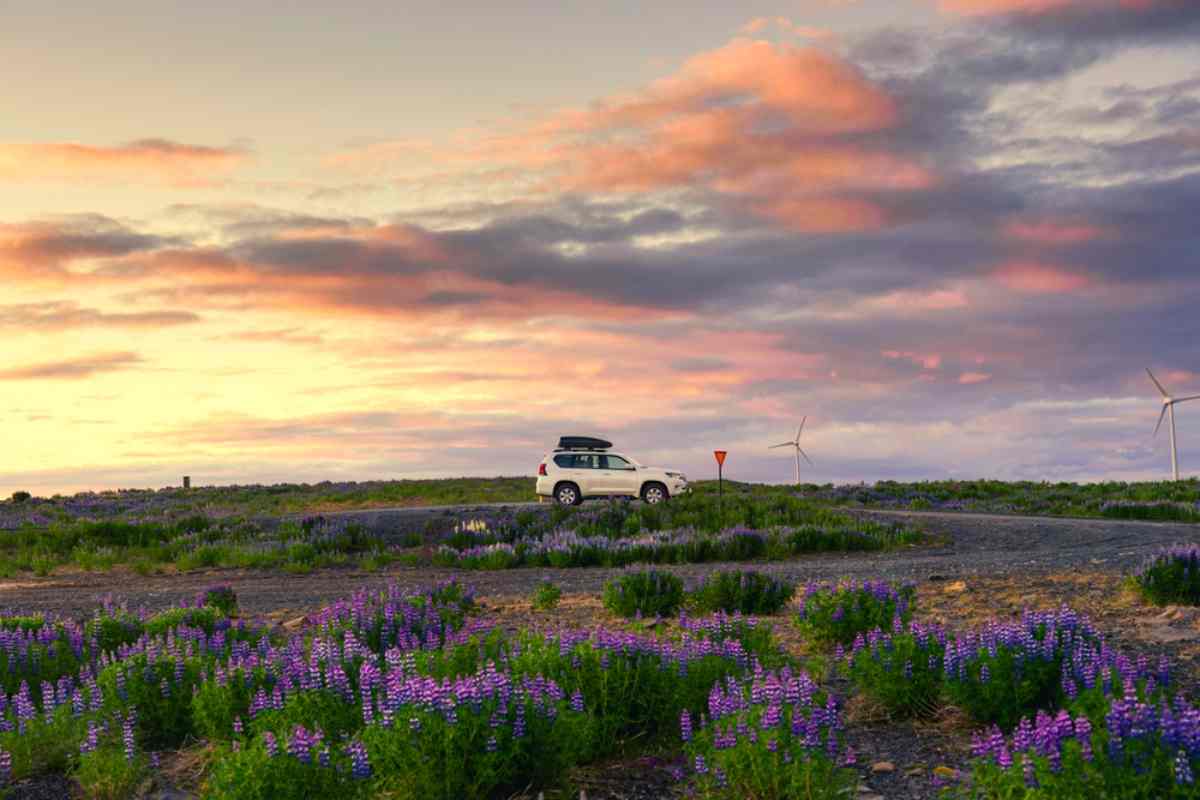
How Long Does it Take to Drive from Reykjavik to the Golden Circle?
Since most start their Golden Circle journey in Reykjavik, you can actually argue that Reykjavik is part of your Golden Circle route. But if you want to go with the exact point where the loop essentially “ends” (in other words, the point where the beginning meets the end of the loop), it’s roughly 47 kilometers east of Reykjavik.
How Long Does it Take to Complete the Golden Circle?
Well, that will all depend on you. The entire Golden Circle route is 300 kilometers long. This means that, technically, it is possible to drive the Golden Circle in roughly 3 hours if you just drive without stopping at any of the attractions and activities along the way. A very rushed day trip, including only a few stops along the way, will take you about 8 hours.
Obviously, this completely defies the point of even starting the journey. So, our general recommendation would be to go on a road trip for at least 2–3 days to get to see and do all the things this route has to offer. If it’s possible, and you would like to take on a jam-packed Golden Circle trip itinerary, you can also extend your trip to a week. This way you won’t miss much happening on-route.
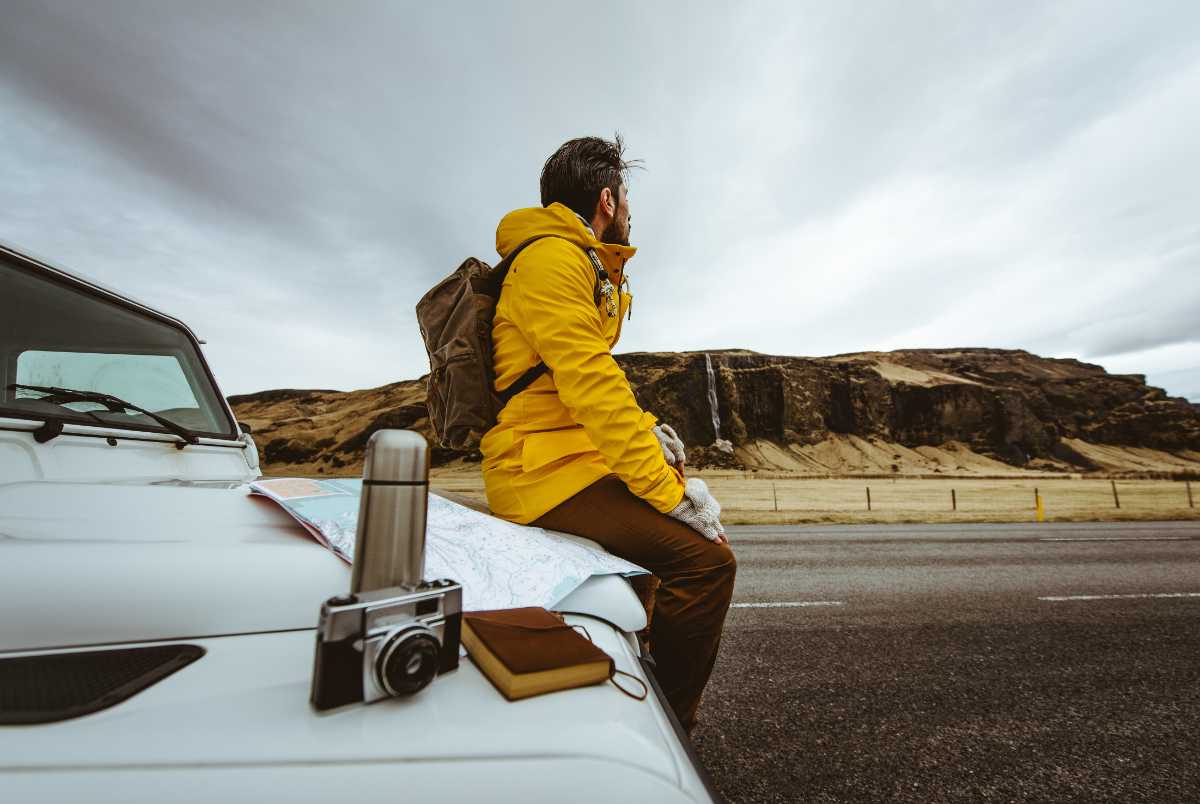
Driving the Golden Circle
Driving the Golden Circle is a piece of cake. It’s one of our main roads here in Iceland, so it’s paved all the way and well-maintained. The Golden Circle route is also open all year round, unlike some roads/routes, especially in the Westfjords and the Highlands which are closed throughout the colder months of the year.
This, of course, is not to say that sudden road closures due to weather conditions or unforeseen circumstances do not occur on the route, but it’s rare. Because the road is generally in such good condition, it’s not necessary to drive the route with a 4x4 vehicle here in Iceland – a 2-wheel drive will be sufficient.
Just have a chat with your rental agent about all the proposed routes and roads on your trip. If you are planning on driving the Golden Circle during the winter months, you will need a few extra gadgets and accessories such as ice scrapers, and snow tires in Iceland. You might also need to take out a few extra Iceland rental car insurance policies to ensure that you’re covered against all risks the season brings with it.
If you are planning on driving the Golden Circle during the summer months, you’ll still need to have a chat with your rental agent, disclosing whether you’ll be driving any other routes on the island as well. This is important since there are certain roads (such as the F-roads in Iceland) that you can only legally access via 4x4.
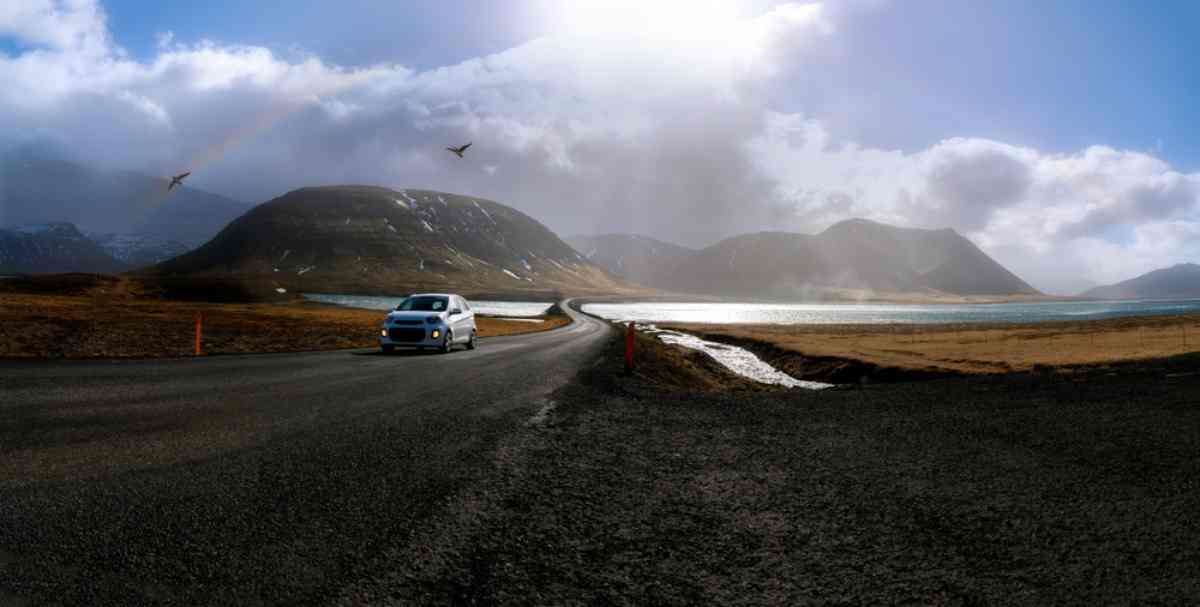
When is the Best Time to Drive the Golden Circle?
As you might’ve already surmised, the summertime in Iceland is usually the go-to season for traveling along the Golden Circle route. This is because of a wide variety of reasons:
- Road conditions are pristine.
- You don’t need to contend with the harsher weather elements the colder months of the year have in store for travelers.
- You have ample daylight hours at your disposal every day to drive without the impending darkness putting any pressure on you and it allows you to have the ultimate trip itinerary.
- The summer season is the perfect time to take advantage of all the outdoor attractions and activities all along the Golden Circle.
The Best Golden Circle Attractions
If you’re still wondering what the Golden Circle is known for, or which activities or attractions you should add to your upcoming trip’s itinerary, the following should give you a good idea of what to do and see along the way:
Thingvellir National Park
Thingvellir National Park is one of 3 national parks here in Iceland and one of the first attractions you hit on the Golden Circle route. Thingvellir is a UNESCO World Heritage Site and offers its own majestic landscapes and unique attractions such as the Silfra Fissure.
The Silfra Fissure is the place where the North American and Eurasian tectonic plates push apart, and this crack is now filled with glacial water that allows visitors to go snorkeling or diving between the two continents.
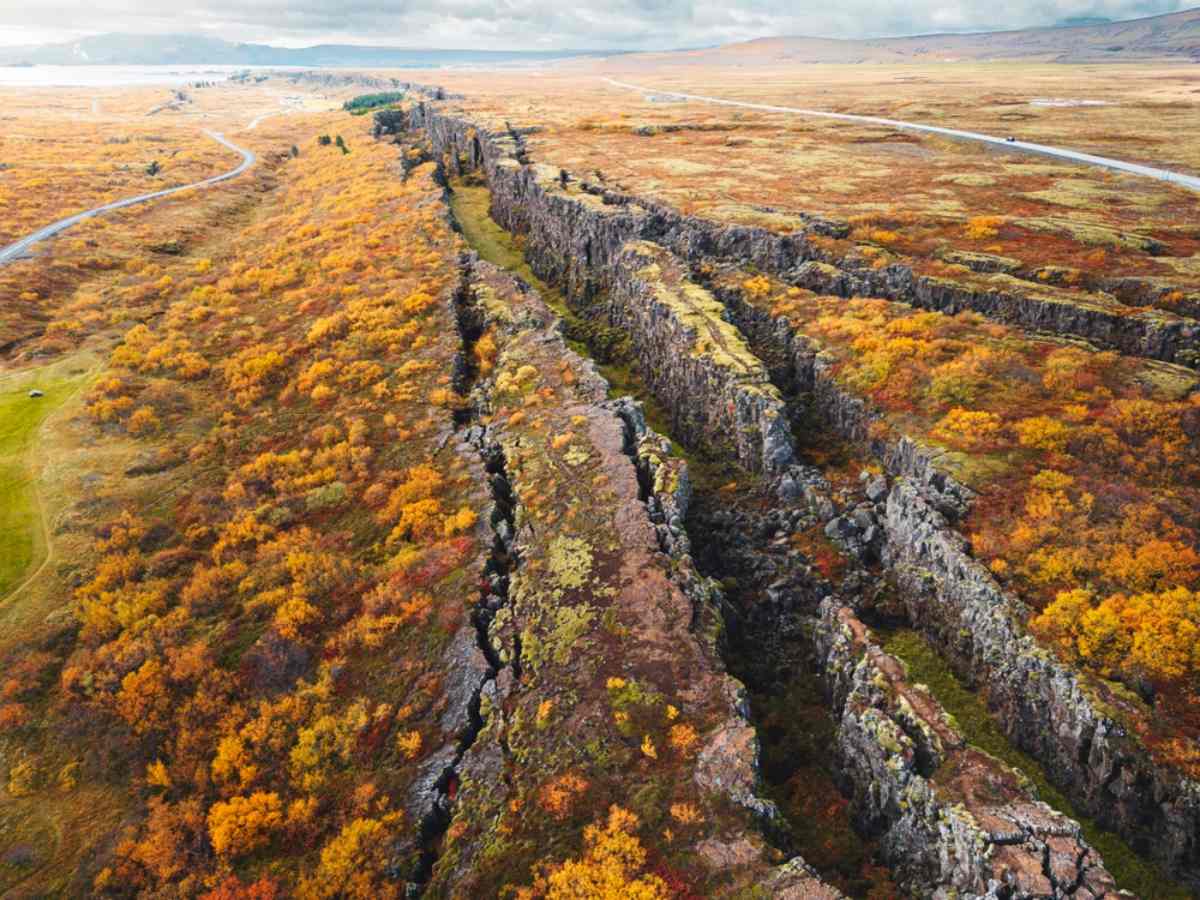
Gullfoss Waterfall
It’s pretty ironic that Gullfoss is the most famous waterfall on the Golden Circle because the name Gullfoss translates to “golden falls” (and, no, it has nothing to do with the route). Some say, it’s merely because the falls get a golden tint if the sunlight falls on it, whilst others believe steadfast in the existence of Gygur’s gold.
According to legend, he threw his gold down the falls, so no one else could get their hands on it after his death. Gullfoss Waterfall can be found in the Haukadalur Valley and stands an impressive 21 meters tall.
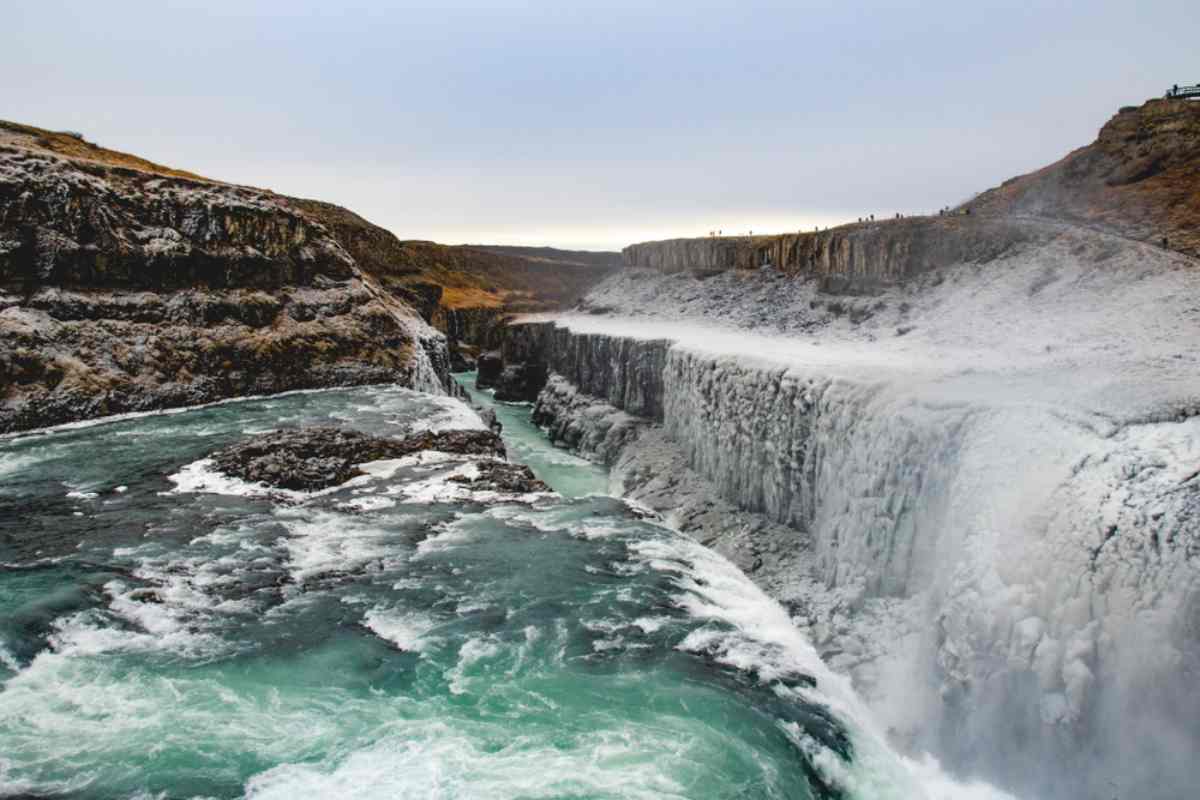
Geysir Geothermal Area
The Geysir Geothermal Area is essentially the origin story of all geysers. Geysir was the very first of these natural wonders to be discovered and is the very reason we now refer to all geysers as, well, geysers. Geysers are like pots of boiling hot water that erupt and send liters of hot water shooting into the air. Although Geysir is no longer active, a short walk further will take you to Stokkur, and this geyser still erupts multiple times every hour.
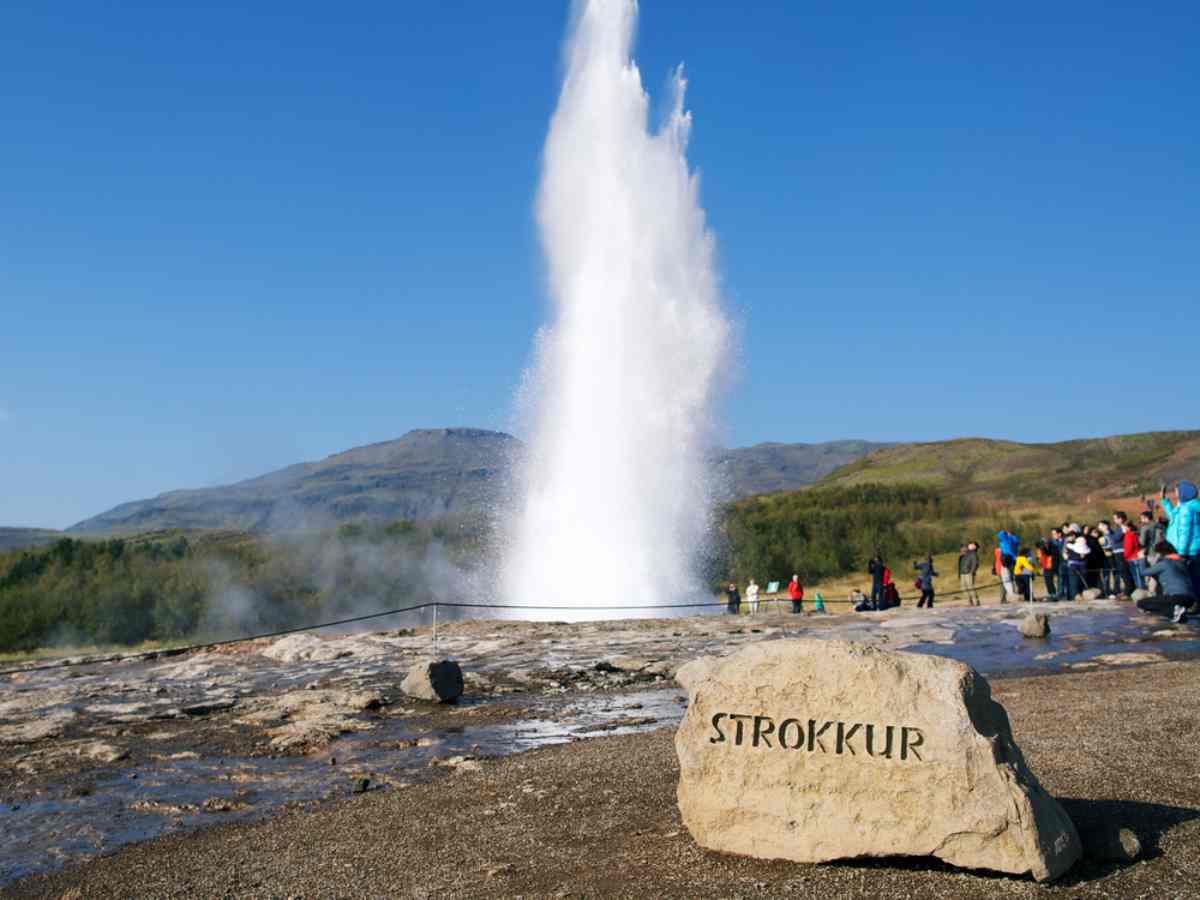
Kerid Crater
Kerid Crater is a volcanic crater but looks a little like the Caribbean Ocean in a big earth bowl due to the bright blue-green water of the lake that fills the bottom of the crater. Kerid is a sight we’d only recommend you visit during the warmer months since the completely frozen lake simply doesn’t have the same mesmerizing effect.
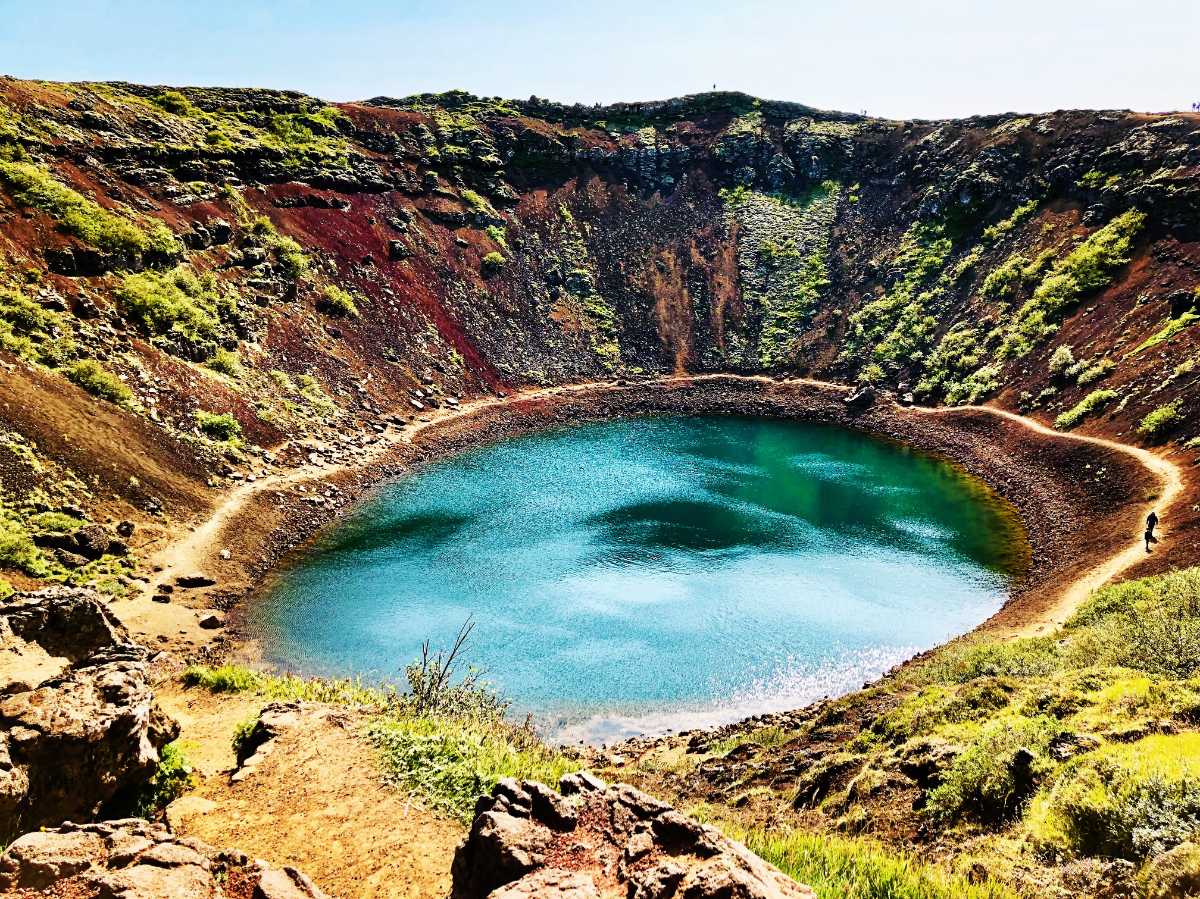
Hrunalaug Hot Spring
Hrunalaug Hot Spring is a natural hot spring that is not as known as some of the others around the island, which is a shame since it boasts incredible views across the Icelandic landscape, and the remoteness offers a lot of privacy.
Hrunalaug is completely free to visit, but you need to remember that it’s situated on private land, and it really is out of the goodness of his heart, and the goodness of his own pocket, that he maintains the hot spring and keeps it open to visitors. That’s why we highly recommend that you at least leave a donation when taking a dip.
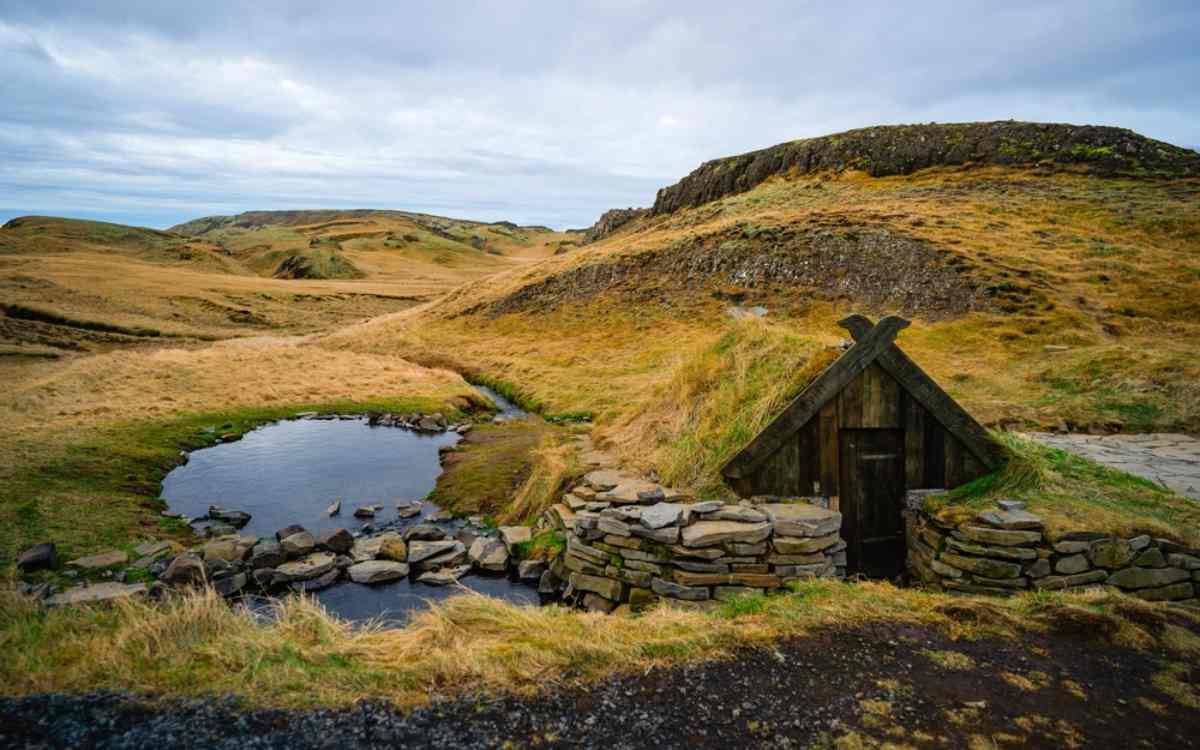
Fridheimar Farm
Fridheimar makes for an incredibly interesting farm visit. At Fridheimar you can go horse riding, or enjoy dishes made from fresh local ingredients, some of which were grown in the Fridheimar greenhouse. Another one of Fridheimar’s claims to fame is the fact that you can finish your meal with their unique tomato beer.
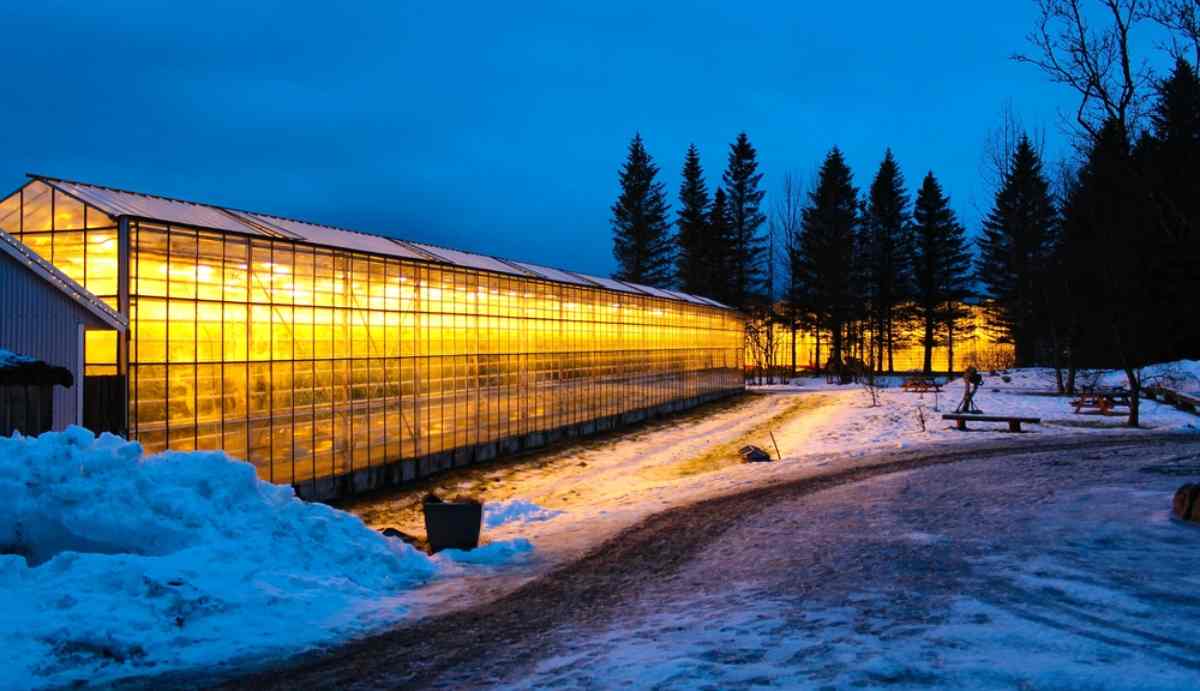
The Best Places to Stay along the Golden Circle Route in Iceland
You will find all sorts of accommodation along the way that caters to all preferences and pockets. From hotels such as Blue Hotel Fagrilundur and Hotel Geysir, and guesthouses such as Heradsskolinn Historic Guesthouse and Lambastadir Guesthouse, to Airbnbs such as The Old Barn and Golden Circle Cabin.
But if you really want to save on those accommodation costs, you’ll opt for staying at the various camping sites along the way such as Thingvellir Campground and Skjol Campsite. You can even ensure that you get extra savings out of the deal by buying a Camping Card for just €179.
This will give a family of up to 2 adults and 4 children access to a variety of campsites across the country for 28 nights. Just do the maths; if campgrounds in Iceland generally charge around $20 per person per night, you’ve already saved a ton even if you’re traveling solo!
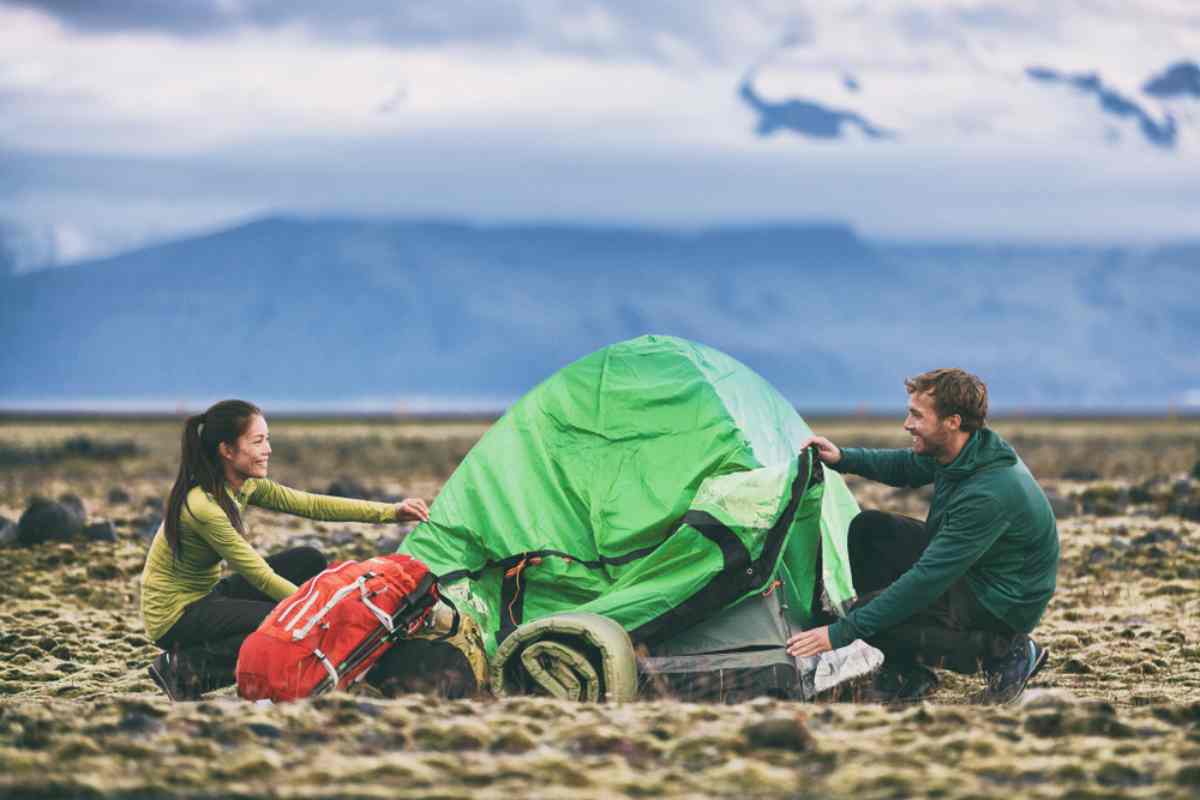
A Few Helpful Tips for Your Golden Circle Road Trip
If this is your first trip to the island, or it’s just your first time tackling the Golden Circle, the following tips will help you make the most of your journey:
Plan Your Refills
Gas doesn’t cost the same at all the gas stations here on the island. So, ask the locals where their go-to places are to fuel up. Also, ask your rental agent if they have a gas token or vouchers that will entitle you to further discounts at selected gas stations across the island.
Keep to the Speeding Limits
Iceland does not look fondly at those who shirk the rules of the road, and if you’re caught speeding you will not only have a lot of explaining to do, but you might need to leave the island immediately to remortgage your house in order to pay the hefty fine.
The general speed limit on the Golden Circle road is 90 km, but always keep your eyes open for any road signs that may require you to slow down even further.
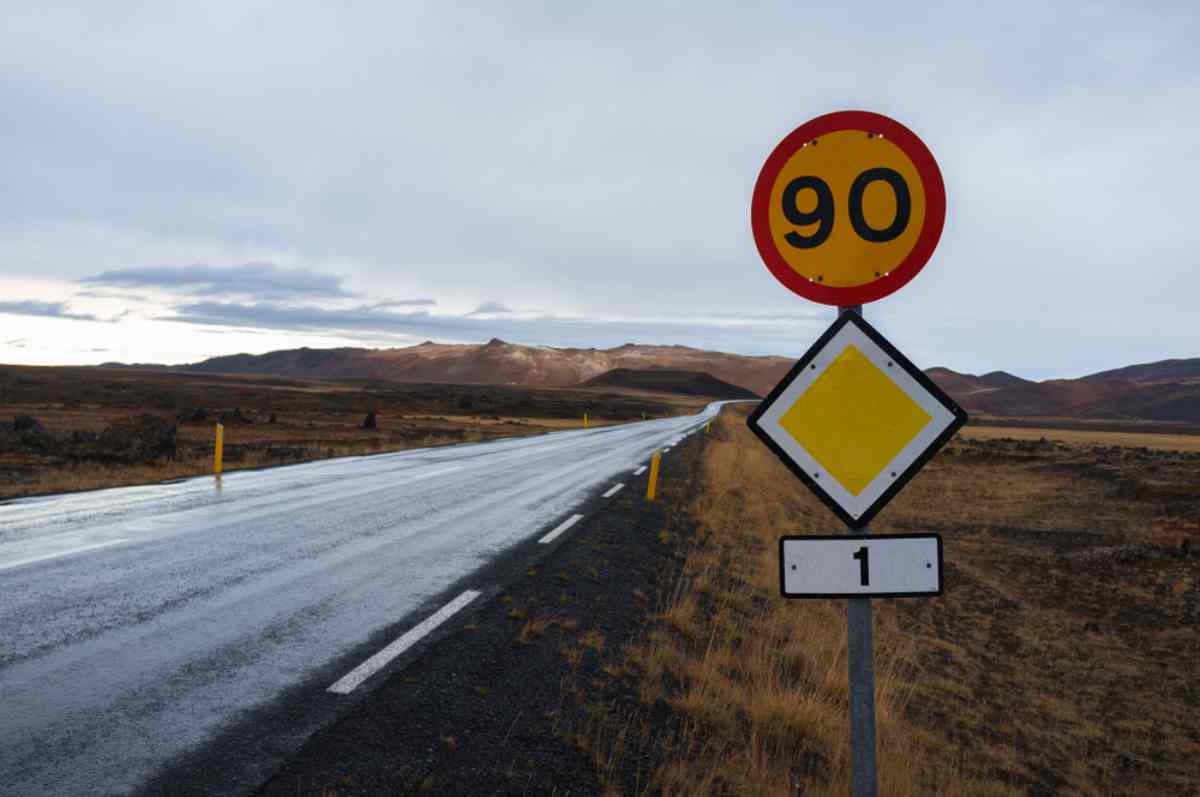
Download Your Planned Route
Whether you’re driving the Golden Circle or any other routes here on the island, you’ll be well advised to download a few offline maps or bring along a few hard copies. Technology fails, and you also might hit spots where the signal is weak or non-existent - then you don’t want to be driving “blind”.
Only Stop in Designated Areas
It is illegal to stop next to the road or in places that are not dedicated and clearly-marked parking spots. So, once again, to avoid any traffic law troubles, ensure that you look out for the signs and only stop in specially designated areas.
Keep an Eye on the Weather and the Road Conditions
We have a saying here on the island that states that “you can experience all four seasons in a day in Iceland”. This is true, regardless of which season you come to visit. That’s why you should always keep an eye on the Iceland weather forecast and the Iceland road conditions, so you don’t drive into trouble.
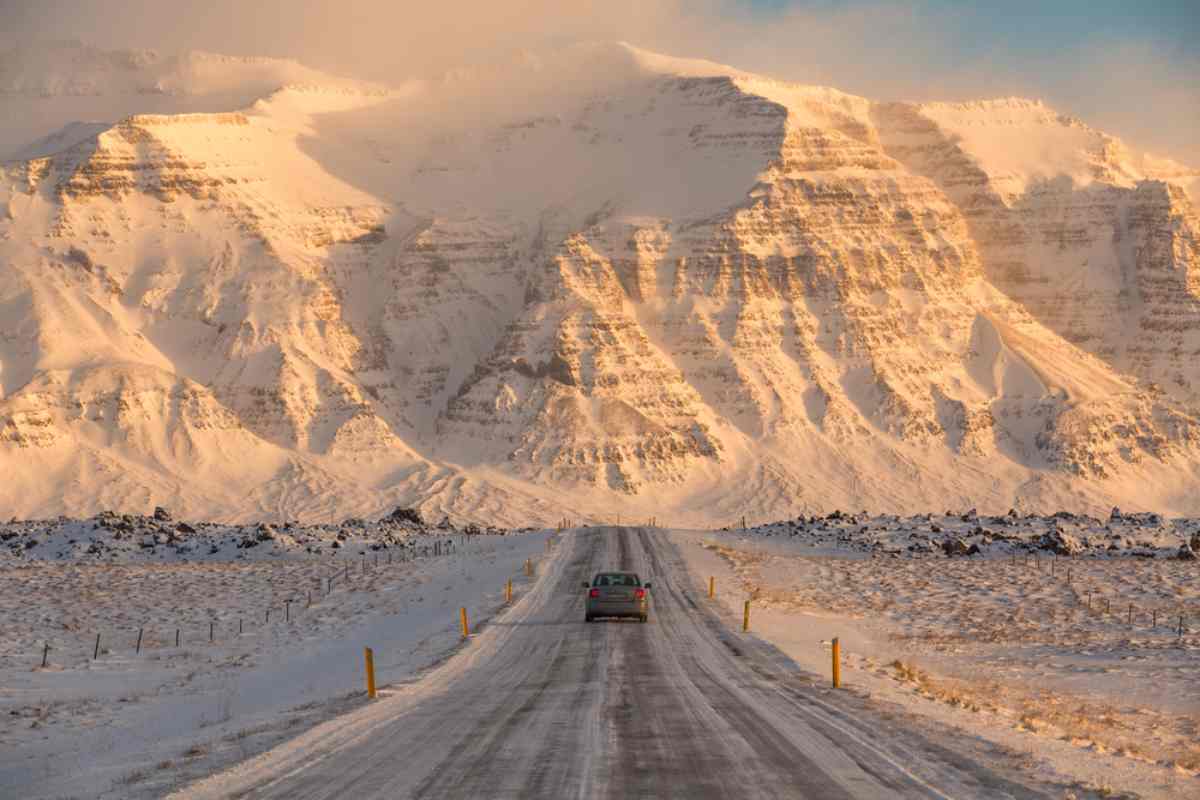
The Golden Circle in Iceland; Your Golden Ticket to the Best of Iceland
The Golden Circle is a great way to get to see and do some of the best sights and activities Iceland has to offer. It’s also a great road trip route for those with limited time here on the island, since you’ll be able to complete the route in just 2-3 days. So, if you like what you’ve seen in this article, we suggest that it’s time to pack those bags, take that flight, rent a car in Reykjavik, and get going on your Golden Circle travels!

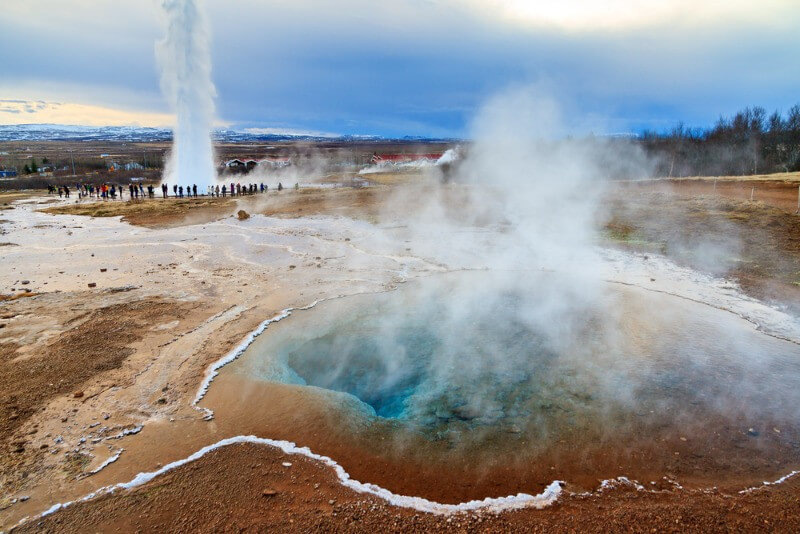
 By
By

